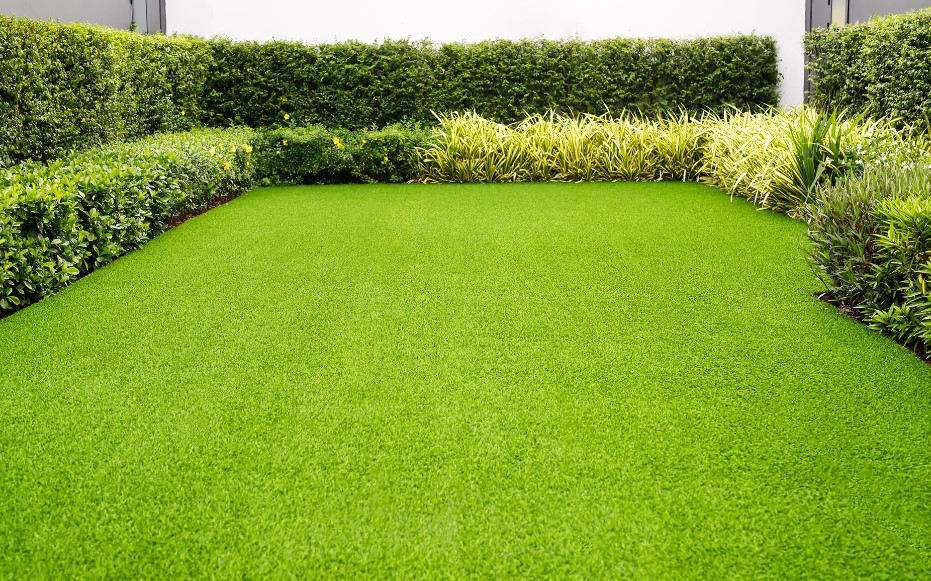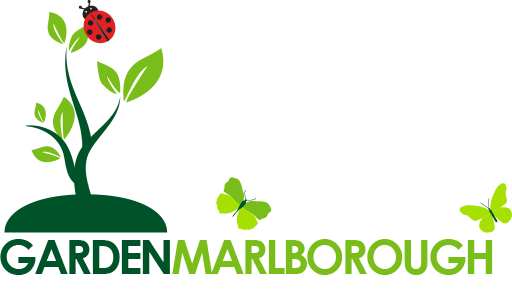
Artificial grass has gained immense popularity over the years due to its low maintenance and evergreen appearance. It’s an excellent alternative to natural grass for homeowners who want to enjoy lush green lawns without the hassles of regular upkeep. While artificial grass requires less attention than its living counterpart, it is not entirely maintenance-free. Regular cleaning is essential to keep it looking pristine and to prolong its lifespan.
In this blog, we will delve into the importance of cleaning artificial grass, the potential risks of neglecting maintenance, and provide you with practical tips on how often and how to clean it effectively.
The Benefits of Artificial Grass
Before we discuss cleaning routines, let’s briefly touch upon the advantages of having artificial grass in your outdoor spaces.
Low Maintenance:
Unlike natural grass, artificial turf doesn’t require mowing, fertilizing, or watering, saving you time, effort, and money on utility bills.
Year-Round Greenery:
Artificial grass maintains its lush green appearance throughout the year, regardless of weather conditions, ensuring a beautiful landscape in all seasons.
Durability: High-quality artificial grass is designed to withstand heavy foot traffic and resist wear and tear, making it a long-lasting investment for your property.
Environmentally Friendly:
Since there is no need for pesticides or excessive water usage, artificial grass contributes to water conservation and reduces the use of harmful chemicals.
The Importance of Cleaning Artificial Grass
While artificial grass offers numerous benefits, it is not entirely self-sufficient. Regular cleaning is crucial to preserve its visual appeal and hygienic properties. Here’s why cleaning artificial grass is essential.
Removing Debris:
Over time, debris like leaves, twigs, dust, and dirt can accumulate on the surface of your artificial lawn. If left unattended, this debris can trap moisture and create a breeding ground for bacteria and mould.
Ensuring Drainage:
Artificial grass has a perforated backing that allows water to drain through. Cleaning helps prevent clogs and ensures efficient drainage, preventing waterlogged areas that could damage the turf’s foundation.
Preventing Weed Growth:
Although artificial grass discourages weed growth compared to natural grass, weed seeds can still find their way into the turf. Regular cleaning can help to spot and remove any weed growth before it becomes a significant issue.
Preserving Aesthetics:
Regular maintenance keeps your artificial lawn looking vibrant and inviting. Without proper cleaning, the grass may become discoloured, and stubborn stains might mar its appearance.
Hygiene and Safety:
If you have pets or children playing on the artificial grass, regular cleaning is essential to remove pet waste, spills, and potential bacteria buildup, ensuring a safe and hygienic environment.
Let’s dive deeper into specific cleaning methods and frequency guidelines to help you establish an effective cleaning routine for your artificial grass.
Regular Cleaning Schedule
To maintain the cleanliness and longevity of your artificial grass, it’s essential to establish a regular cleaning schedule. The frequency of cleaning depends on various factors, including the location of your lawn, the presence of pets, and the local climate. Here are some general guidelines to help you determine how often to clean your artificial grass.
- Weekly: In most cases, a weekly cleaning routine is sufficient to keep your artificial lawn in excellent condition. This can involve removing debris, such as leaves, twigs, and loose dirt, by using a leaf blower or a stiff brush.
- Monthly: Once a month, perform a more thorough cleaning to ensure your artificial grass remains fresh and free from dust and contaminants. This involves a gentle rinse with water to remove any surface grime and promote proper drainage.
Dealing with Stains and Spills
Accidents happen, and sometimes your artificial grass may encounter spills or stains. Whether it’s pet urine, food stains, or other substances, it’s crucial to address them promptly to prevent any discoloration or lingering odours. Here’s how to deal with stains effectively.
- Blot the Area: For spills or fresh stains, quickly blot the affected area with a clean cloth or paper towel to absorb as much of the liquid as possible.
- Use a Mild Cleaning Solution: To remove stubborn stains, create a solution with a mild, non-toxic dish soap and water. Gently scrub the stained area with a soft-bristled brush, being careful not to damage the turf fibres.
- Rinse Thoroughly: After cleaning, rinse the area with water to remove any soap residues.
Pet Waste Management
If you have pets, managing their waste on the artificial grass is crucial for maintaining a hygienic environment. Follow these steps to manage pet waste effectively.
- Solid Waste: Pick up solid waste immediately using a plastic bag and dispose of it in the appropriate manner. Avoid using harsh chemicals to clean pet waste, as they can damage the turf.
- Urine: Hose down the area where your pet has urinated regularly to dilute and wash away any residual odours. This will help prevent unpleasant smells and maintain a fresh lawn.
Seasonal Maintenance
Seasonal changes can bring different challenges to your artificial grass. During the fall, keep an eye out for an increased accumulation of fallen leaves and debris, and ensure you clean them promptly to prevent moisture retention and potential mould growth. In winter, snow should be carefully removed using a soft-bristled broom to prevent damage to the turf.
Cleaning artificial grass is an essential aspect of maintaining its beauty, longevity, and safety. With a regular cleaning schedule and proper stain management, you can ensure that your synthetic lawn remains an attractive and hygienic space for years to come. Remember to use gentle cleaning methods and avoid harsh chemicals that could harm the turf fibres.
By following the guidelines provided in this blog, you can enjoy all the benefits of artificial grass without the worry of excessive maintenance. Now you’re equipped with the knowledge to keep your artificial lawn looking lush and vibrant throughout the year.
We hope you found this blog helpful in understanding how often and how to clean artificial grass effectively. If you have any further questions or need additional assistance, don’t hesitate to reach out. Happy cleaning!
